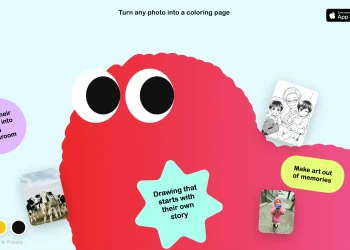Microsoft has unveiled a bold glimpse into the future of its flagship operating system, suggesting that by 2030, Windows will evolve into a deeply interactive, AI-driven platform. In a recently released video titled “Windows 2030 Vision,” David Weston, Corporate Vice President of Enterprise & Security, laid out a scenario where traditional input methods like mouse and keyboard may feel outdated, replaced by a more intuitive, multimodal experience.
According to Weston, future versions of Windows will be capable of seeing and hearing the world as users do, responding to voice commands and visual cues to perform complex tasks. This shift marks a departure from the current model of software interaction, moving toward what Microsoft calls “agentic AI”—a system that not only assists but orchestrates workflows across apps and services.
The concept builds on earlier ideas presented at Microsoft Build 2023, where the company outlined three layers of AI integration: inside apps, beside apps, and outside apps. The latter, still largely theoretical, envisions an operating system where AI is embedded throughout the user experience, acting as a proactive assistant rather than a passive tool.
Weston’s remarks suggest that the next generation of Windows will blur the lines between user and machine. Instead of clicking through menus, users might simply ask Copilot to generate reports, organize files, or even manage meetings. The OS would interpret context from the screen, voice, and environment, offering a more natural and responsive interface.
While Microsoft hasn’t confirmed a release timeline or specific features, the company’s messaging points to a future where AI isn’t just an add-on—it’s the foundation. This transformation could redefine productivity, accessibility, and how people engage with technology at a fundamental level.
As AI continues to mature, Microsoft’s vision for Windows 2030 hints at a world where computers adapt to human behavior, not the other way around.
















